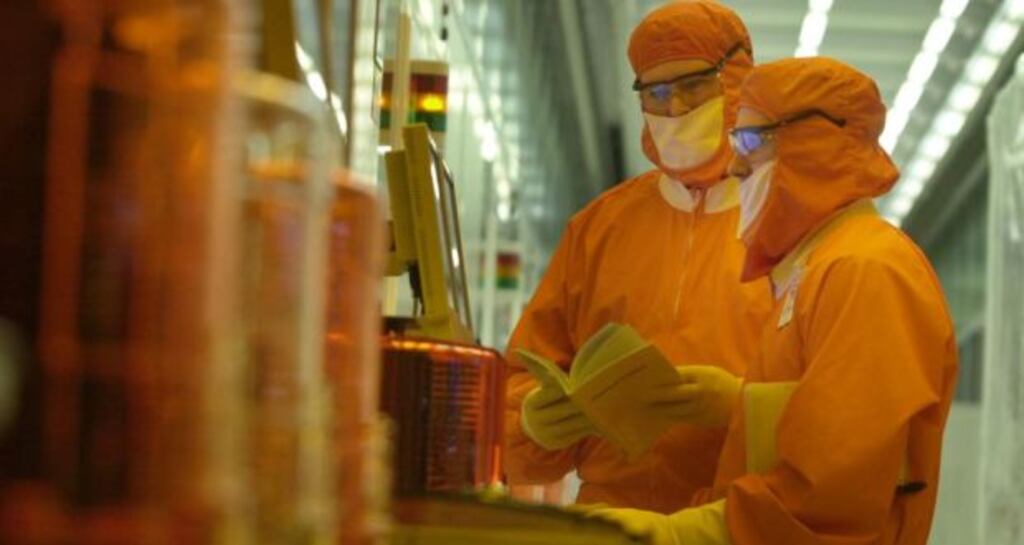US manufacturing output unexpectedly fell in January, recording its biggest drop in more than 4.5 years, as cold weather disrupted production in the latest indication the economy got off to a weak start this year.
Factory production fell 0.8 per cent last month, the Federal Reserve said. It was the first drop since July and the biggest since May 2009, when the economy was still locked in recession. Output had increased 0.3 per cent in December.
The Fed attributed the first decline in factory output since July to “severe weather that curtailed production in some parts of the country.”
Manufacturing joined weak retail sales and employment data in suggesting that cold weather had spurred a step-back in economic growth early in the first quarter.
The weakness in factory output last month was broad-based, with the production of motor vehicles and parts tumbling 5.0 per cent after ticking up 0.1 pe cent in December.
“The inclement weather in January contributed to some of these decreases. Numerous motor vehicle assembly facilities lost one or more days of production during the month,” the Fed said in a statement.
It also revised down fourth-quarter output at the nation’s factories to a 4.6 per cent annual rate from the 6.2 per cent pace it had reported in January.
The drop in factory output last month and a 0.9 per cent fall in mining production weighed on overall production, which fell 0.3 per cent, the biggest drop since April.
Mining output was also hampered by cold weather, which caused slowdowns at some oil and gas extraction facilities.
Production at the nation’s mines, factories and power plants had increased 0.3 percent in December.
But freezing temperatures boosted demand for heating last month, causing utilities production to jump 4.1 per cent.
Economists polled by Reuters had expected manufacturing output to edge up 0.1 per cent and industrial production to rise 0.3 per cent last month.
In January, the amount of industrial capacity in use fell to 78.5 per cent from 78.9 per cent in the prior month.
Industrial capacity utilisation, a measure of how fully firms are using their resources, was 1.6 percentage points below its long-run average.
Officials at the Fed tend to look at utilization measures as a signal of how much “slack” remains in the economy, and how much room growth has to run before it becomes inflationary.
Reuters









